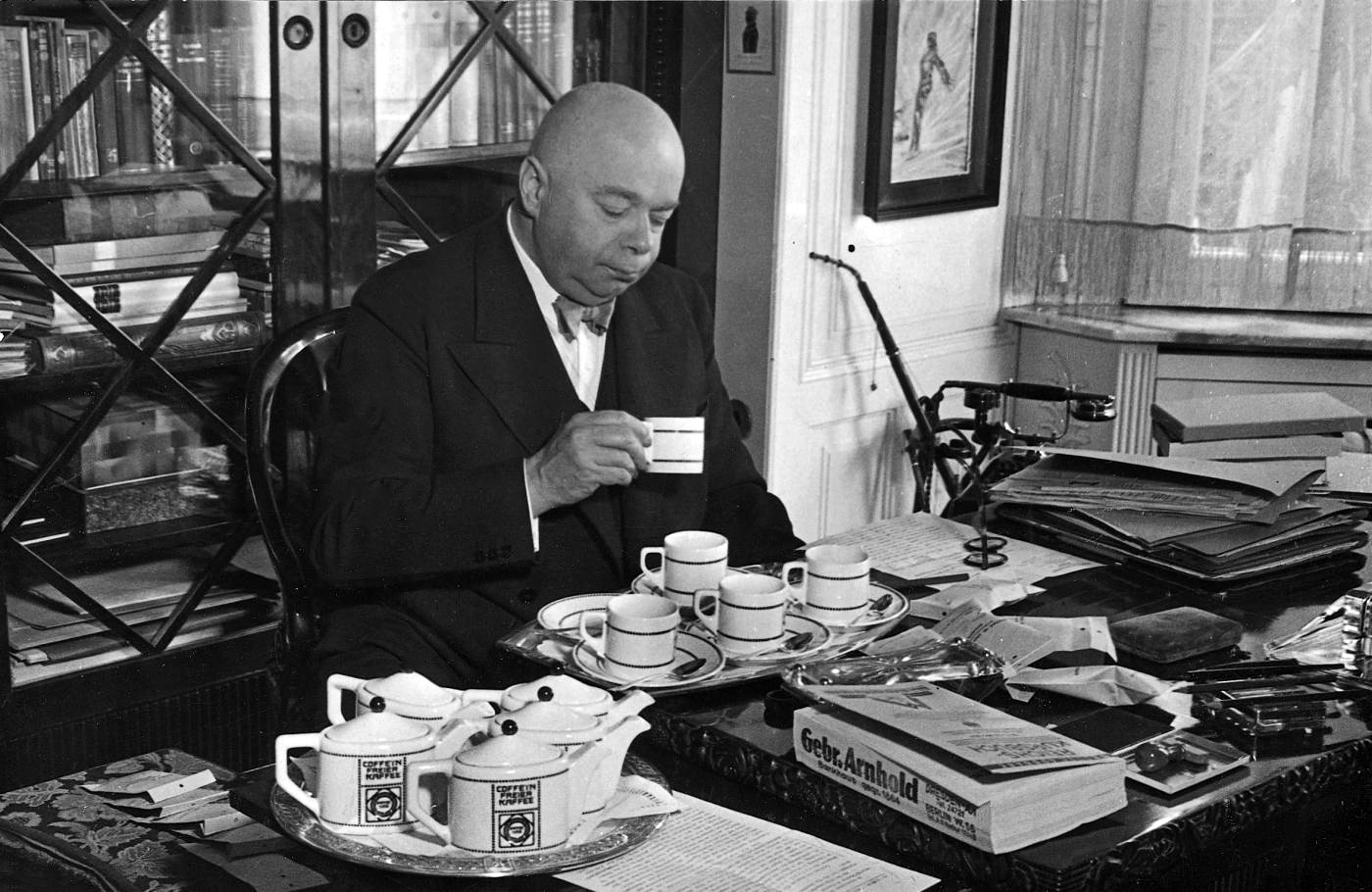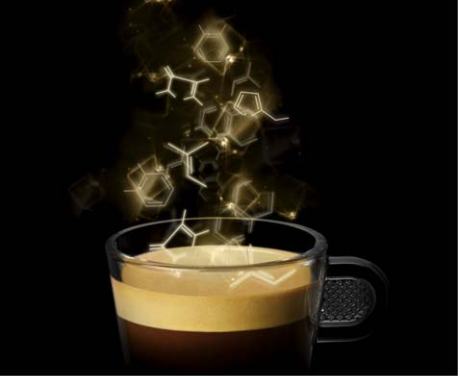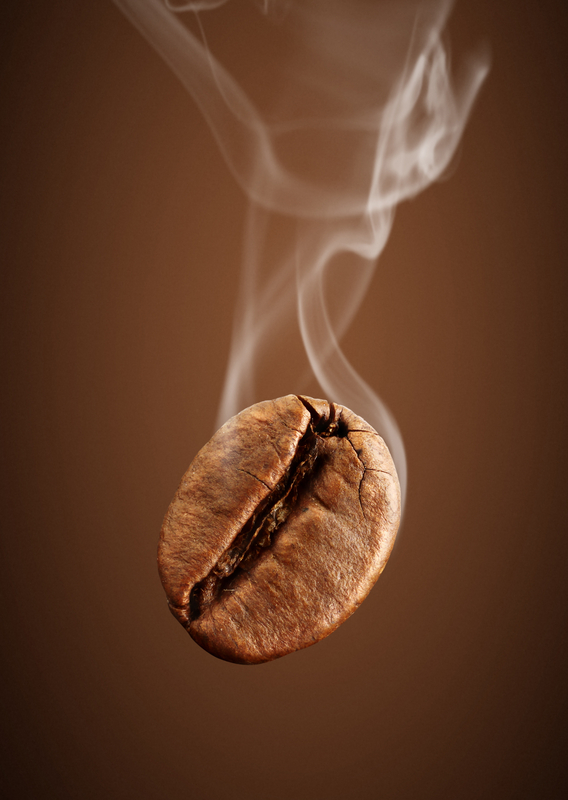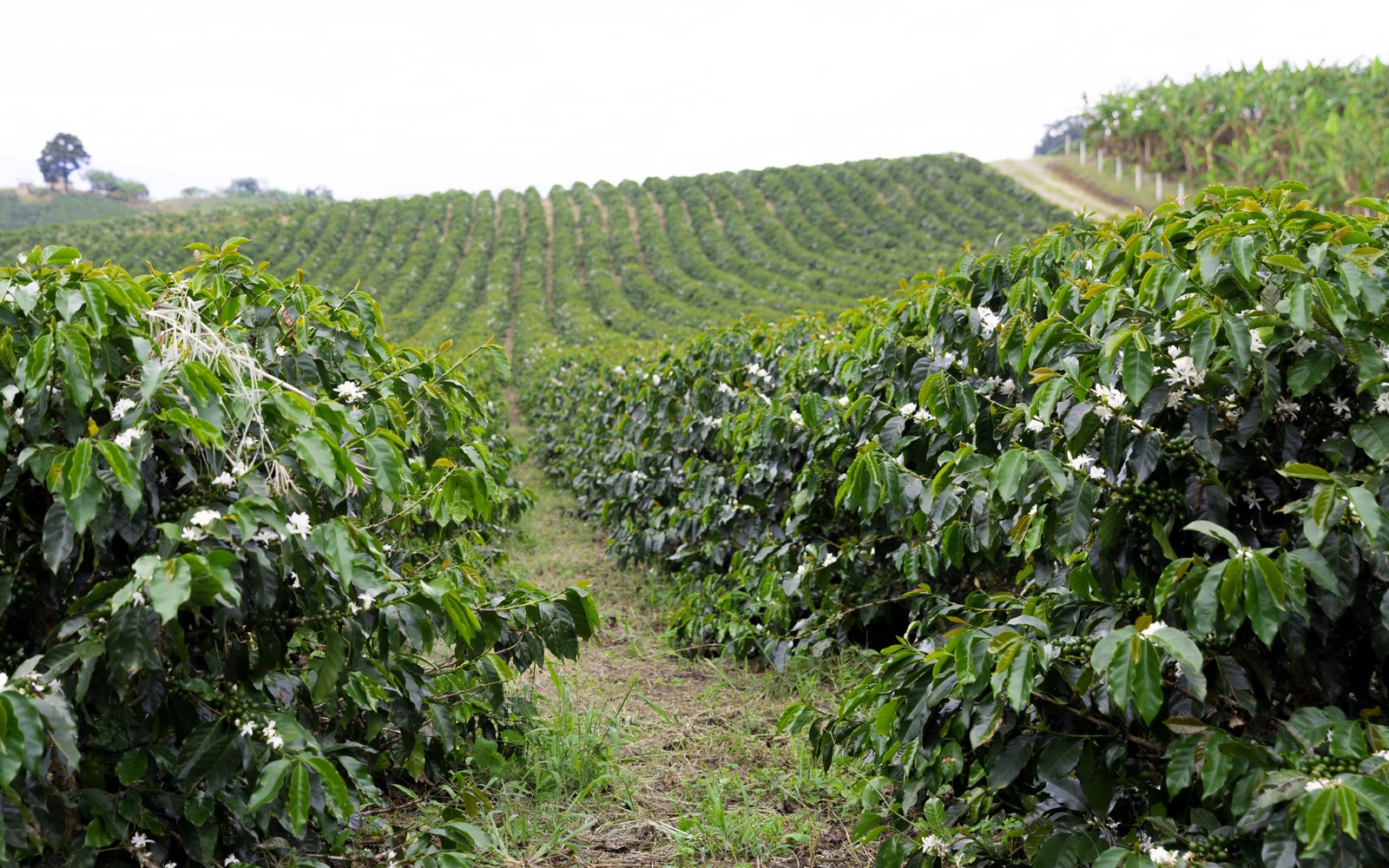Flavor from robusta coffee beans from a scientific perspective
VCA - What's the basic taste of robusta coffee beans? How is the quality assessment of robusta carried out?
-
The Growth of the Coffee Tree
Through ages and legends about the origin and formation of coffee, it is said that the Arabica coffee plant was a plant in Ethiopia around 850 AD, and the Robusta coffee plant has a more recent history around 1870, and was first grown in the Congo River basin (Smith, 1985).
In fact, the plain forests of Ethiopia and South Sudan are considered the cradle of Arabica coffee (Stoffelen et al, 2008). The history of popularity of Arabica coffee began around the 8th century when it was transported from Ethiopia to Yemen and then expanded to other tropical countries of the world such as India, Sri Lanka, Java, and Indonesia.
Coffee farmers in the Congo. Photo: bbc.com
The popularity of robusta coffee began near the Lomani River, a branch of the Congo River in Central Africa, then shipped from the Congo (Belgium) to Java and then spread and grown in countries such as India, Uganda, and Ivory Coast (Juan et al, 2017).
The region of Central Africa seems to be considered the origin of the Coffea species, which is commercially important as C.arabica and C.canephora. (robusta). C.canephora originates in low-moist forests in tropical Africa with two primary genetic varieties, kouilou, and robusta, whereas kouilú is low-diversity, robusta has different growth diversity and ecological development conditions, so researchers have called robusta the species that represent C.canephora (Dusser et al, 1999; Gomez et al, 2009). The robusta coffee plant began to grow significantly in the early 19th century due to damage caused by CLR (fungal strains that cause rust disease on coffee leaves) in C.arabica plantations in Asia (Charrier et al, 1997).
-
Height affects the quality of robusta coffee beans
A lot of quality studies on coffee cups made and the classification of fine robusta coffee carried out by CQI have determined the height that affects the quality of the coffee cup when observing that the robusta plant is grown in Tanzania at an altitude of 1500 meters in a fruit-tasting volcano, with a smoothness, acidity, and sweetness comparable to high-quality Arabica coffee seeds. Coffee robusta grown in India at an altitude of over 1000 meters has a distinct flavor, acidity, and sweetness. Coffee robusta grown under 1000 meters produces cups of coffee with brightness, varied flavors, or pronounced caramel and cocoa notes (Ted et al, 2017). Although the variety of flavors may depend on plant genetics, cultivation at elevations leads to growth and development that contributes to ensuring inherent flavor stability.
-
The role of biochemicals in robusta coffee beans
Studies of different Coffea species show interesting variations in biochemical compounds associated with quality properties (Anthony et al, 1993; Campa et al, 2004). The sensory properties of C.canephora (robusta) are important factors in determining preference as well as market valuation. The quality of coffee can be determined by different characteristics such as external shape, moisture, and sensory measurements, of which the sensory factors are the most difficult to determine as they must be based on consumer perception of sensory properties such as aroma, taste, post-taste, acidity, sweetness, balance (Ngugi K et al, 2015)
The market value of C.canephora is always lower than C. arabica, because Arabica coffee is considered to have more acid and less caffeine than robusta so it is more suitable for consumer tastes with better flavor senses. Using both wet and dry processing doesn't improve the quality of robusta coffee much (UCTF, 2008; 2009). The quality of the beverage is affected by the levels of the biochemical compounds contained in coffee beans, the high levels of chlorogenic acid and caffeine in robusta are to have an adverse effect on the quality of beverages, while the content of sucrose and trigonelline producing flavor in coffee is only moderate (Clifford, 1985; Ky et al, 2001a).
Robusta coffee has sensory properties of moderate acidity and sweetness, the fragrance of the roasted grains, and stands out in density compared to the Arabica grain. The final quality of coffee is determined by a sensory analysis performed by Q-Graders (Di et al, 2014; Bhumiratana et al, 2011). Vaporizing or non-vaporizing chemical components are responsible for creating a special flavor and aroma in coffee (Carrera et al, 1998). The final quality of coffee is related to the chemical composition of the roasted grain, due to the widespread chemical interaction that occurs during the roasting phases (Ribeiro et al, 2014). From a chemical point of view, it is well known that the ratio of caffeine, chlorogenic acid, and dehydrated sugar varies depending on the genetic and Arabica or robusta groups (Alonso-Salces et al, 2009; Liu et al, 2012; Tfouni et al, 2012; Wei et al, 2010).
-
Review cupping robusta coffee beans
Robusta varieties are considered to be of lower quality than Arabica, although, in countries such as Vietnam and Indonesia, there is significant annual growth in robusta. For those who are familiar with the taste of Arabica coffee, robusta is not a good alternative. But for many people who drink coffee to find the presence of caffeine, the alternative is significant, as the price of arabica is much higher than that of robusta (Reuters, 2013)
CQI has taken steps to develop a Q program for robusta coffee based on the very successful Q arabica model, which demonstrates higher quality leading to higher prices. In terms of physical classification, robusta seeds are relatively similar to Arabica seeds with very similar defects, the difference lies in the chemical composition due to plant genetics (Ted et al, 2017). CQI began two-year trials with 53 coffee experts from 18 different countries along with robusta samples from Uganda, Tanzania, Brazil, Central America, India, Indonesia, and Vietnam. Experts have proved conclusively that robusta coffee can be distinguished by origin and quality in coffee cups. They are rated on a scale of 100 with the same standard of 80 points or more used to distinguish high-quality robusta coffee from commercial coffee. The term “fine robusta” was chosen to distinguish it from “specialty arabica” (Ted et al, 2017).
In the cupping assessment system, robusta coffee records 10 important attributes including flavor/smell, taste, flavor, bitter/sweet ratio, taste of mouth, balance, salt/acid ratios, uniformity in cups, purity, and overall. Defects and flavor and flavor defects are also recorded.
Among other things, the flavor properties of robusta coffee are often dominated by the potassium content in coffee, with high content leading to a purple post-taste and low content resulting in a salty post-taste. Bitter/sweet ratio, both bitter taste and sweetness is found in robusta, fine robusta coffee has a low bitterness and high sweetness while commercial robusta seeds have a high bitterness and low sweetness. The salt/acid ratio represents a pleasant and delicate taste derived from the distinct acidity and sweetness of the sample, and the level of potassium and chlorogenic acid also contributes to this characteristic, which demonstrates the distinctive taste difference between fine robusta and commercial robusta coffee (Ted et al, 2017).
Evaluation table of attributes in fine robusta cupping. Photo: scith.coffee
-
A sense of robusta coffee beans
A cup of robusta coffee bean espresso produces a dark brown or tiger skin cream layer and its smoothness is a sign of good extract, while the cream contributes to the increased “body” attribute that robusta is known to many (Navarini et al, 2004a). There's a very interesting observation in India of growing robusta coffee plants in the shade of fruit trees, the flavor of coffee cups tends to reduce their bitterness with high brightness, the taste of fruits, nuts, and chocolate, besides a smoother and smoother mouth. Or when planted close to the straw, the spices become pretty special in coffee (Ted et al, 2017). These traits have so far remained merely sensory findings and more scientific research is needed to confirm these findings.
Commercial robusta seeds often have a distinctive roasted and bitter taste alongside notes of wood smell and a sharp, dry mouth. Wet processed robusta coffee beans have the ability to soothe negative flavors and reduce bitterness, along with developing a soft, smooth mouth, with the appearance of a bright sour taste. However, applying wet processing with robusta is much harder because of the much thicker and more sticky amount of mucus than Arabica (Ted et al, 2017).
The composition of the substances in coffee beans determines the aroma and quality of a cup of coffee. Although the overall ingredients of Arabica and Robusta are the same, their content is very different, as shown in the table below.
Chemical composition of Arabica and Robusta coffee beans. Photo: Luigi et al. (2017)
Robusta coffee is characterized by lower levels of carbohydrates (i.e. sucrose, oligosaccharides, mannans), lipids, trigonelline, organic acids (malic, citric, quinic), and 3-feruoyl-quinic acid (3-FQA). On the other hand, robusta seeds contain a lot of caffeine, protein, arabinogalactans, CGA (excluding 3-FQA), total phosphates, ashes (i.e. Ca2+), and transitional metals (e.g. Fe, Al, Cu). These ingredients are decisive for the differences in quality and properties of roasted coffee beans (Luigi et al, 2017). This creates a darker flavor for robusta grains, which makes it unusual to use it for pleasure...
Robusta coffee beans contain significantly more total CGA than Arabica, in which CGA is an important precursor of bitter flavored compounds (Dorfner et al, 2003), along with high levels of volatile phenols from the guaiacol group that creates a wood scent, smoke smell, and characteristic scent of roasted nuts that become a distinctive feature in roasting robusta coffee (Luigi et al, 2017).
-
Conclusion
To judge the quality of a robusta cup of coffee is much harder than Arabica because of the degree of inexperience in the flavor of robusta seeds. However, fine robusta has a special, more acceptable flavor that can be used to blend in an espresso or drip coffee, as well as to make milk-combined beverages such as cappuccino or latte. In the market for the development of fine robusta in parallel with the Arabica specialty, it is important that importers, millers, and consumers should be educated about the outstanding characteristics of fine Robusta to differentiate from commercial robusta similar to the Arabic specialty.
Reference
ALONSO-SALCES, R. M. et al. Botanical and geographical characterization of green coffee (Coffea arabica and Coffea canephora): Chemometric evaluation of phenolic and methylxanthine contents. Journal of Agricultural and Food Chemistry, 57(10):4224-4235, 2009
Anthony, F., Clifford, M.N., Noirot, M., 1993. Biochemical diversity in the genus Coffea L.: chlorogenic acids, caffeine and mozambioside contents. Genetic Resources & Crop Evolution 40, 61e70.
BHUMIRATANA, N.; ADHIKARI, K.; CHAMBERS, E. Evolution of sensory aroma attributes from coffee beans to brewed coffee. LWT – Food Science and Technology, 44(10):2185-2192, 2011.
Campa, C., Ballester, I., Doulbeau, S., Dussert, S., Hamon, S., Noirot, M., 2004. Trigonelline and sucrose diversity in wild Coffea species. Food Chemistry 88, 39e43.
CARRERA, F. et al. Authentication of green coffee varieties according to their sterolic profile. Analytica Chimica Acta, 370:131-139, 1998.
Clifford, M. N. (1985). Chemical and physical aspects of green coffee and coffee products, In M.N. Clifford, & K. C. Willson (Eds), Coffee: botany, biochemistry and production of beans and beverage, ( pp 305-374), Connecticut, USA, Westport , Avi Publishing Company.
DI DONFRANCESCO, B.; GUTIERREZ GUZMAN, N.; CHAMBERS, E. Comparison of results from cupping and descriptive sensory analysis of colombian brewed coffee. Journal of Sensory Studies, 29(4):4301-311, 2014.
Dorfner, R., Ferge, T., Kettrup, A., Zimmermann, R., Yeretzian, C., 2003. Real-time monitoring of 4-vinylguaiacol, guaiacol, and phenol during coffee roasting by resonant laser ionization time- of-flight mass spectrometry. Journal of Agricultural and Food Chemistry 51 (19), 5768e5773.
Dusser, S., Lashermes, P., Anthony, F., Montagnon, C., Trouslop, P., et al., 1999. Le cafeier, Coffea canephora. In: Hamon, P., Seguin, M., Parrier, X., Gaszmann, J.C. (Eds.), Diversite ge ́ne ́tique des plantes tropicales cultive ́es. Collection Repe`res, CIRAD, pp. 175e194, 387.
Gomez, C., Dussert, S., Hamon, P., Hamon, S., de Kochko, A., Poncet, V., 2009. Current genetic differentiation of Coffea canephora Pierre ex. Froehn in the Guineo-Congolian African zone: cumulative impact of ancient climatic changes and recent human activities. BMC, Evolu- tionary Biology 9 (167), 1e19.
Juan Carlos Herrera, Charles Lambot. 2017. The Craft and Science of Coffee.. The Coffee TreedGenetic Diversity and Origin
Ky, C. L., Louarn, J., Dussert, S., Guyot, B., Hamon, S., & Noirot, M. (2001a). Caffeine, trigonelline, chlorogenic acids and sucrose diversity in wild Coffea arabica L. and C. canephora P. accessions. Food Chemistry, 75, 223-230.
LIU, P. et al. Sensory characteristics and antioxidant activities of maillard reaction products from soy protein hydrolysates with different molecular weight distribution. Food and Bioprocess Technology, 5:1775-1789, 2012.
Luigi Poisson, Imre Blank, Andreas Dunkel ,Thomas Hofmann. 2017. The Craft and Science of Coffee. Chaper 12: The Chemistry of RoastingdDecoding Flavor Formation
Navarini, L., Cappuccio, R., Suggi Liverani, F., 2004a. The body of the espresso coffee: the elusive importance. In: Proc. 20th Internat. Sci. Colloq. Coffee (Bangalore). ASIC, Paris, pp. 193e203.
Ngugi K, Aluka P, Bakomeza F., Neumbe B., Kyamuhangire R., & Ngabirano H. 2015. Sensory and Organoleptic Cup Attributes of Robusta Coffee(Coffeacanephora Pierre ex A. Froehner)
Reuters, McFarlane, S., October 30, 2013. Coffee Drinkers Treated to More Arabica as Prices Sink. Available at: http://www.reuters.com/article/us-coffee-arabica-idUSBRE99T14420131030.
RIBEIRO, B. B. et al. Avaliação química e sensorial de blends de Coffea canephora Pierre e Coffea arabica L. Coffee Science, 9(2):178-186, 2014.
Smith, R., 1985. A history of coffee. In: Clifford, M.N., Willson, K.C. (Eds.), Coffee: Botany, Biochemistry and Production of Beans and Beverage, pp. 1e12 (Chapter 1).
Stoffelen, P., Noirot, M., Couturon, Anthony, F., 2008. A new caffeine-free coffee from Cameroon. Botanical Journal of the Linnean Society 158, 67e72.
Ted R. Lingle, Sunalini N. Menon. 2017. The Craft and Science of Coffee. Cupping and Gradingd Discovering Character and Quality
TFOUNI, S. A. V. et al. Effect of roasting on chlorogenic acids, caffeine and polycyclic aromatic hydrocarbons levels in two Coffea cultivars: Coffea arabica cv. Catuaí Amarelo IAC-62 and Coffea canephora cv. Apoatã IAC-2258. International Journal of Food Science & Technology, 47(2):406-415, 2012.
Uganda Coffee Trade Federation, Coffee Year Book. (2009).
WEI, F. et al. Complex mixture analysis of organic compounds in green coffee bean extract by two- dimensional NMR spectroscopy. Magnetic Resonance in Chemistry, 48(11):857-865, 2010.






